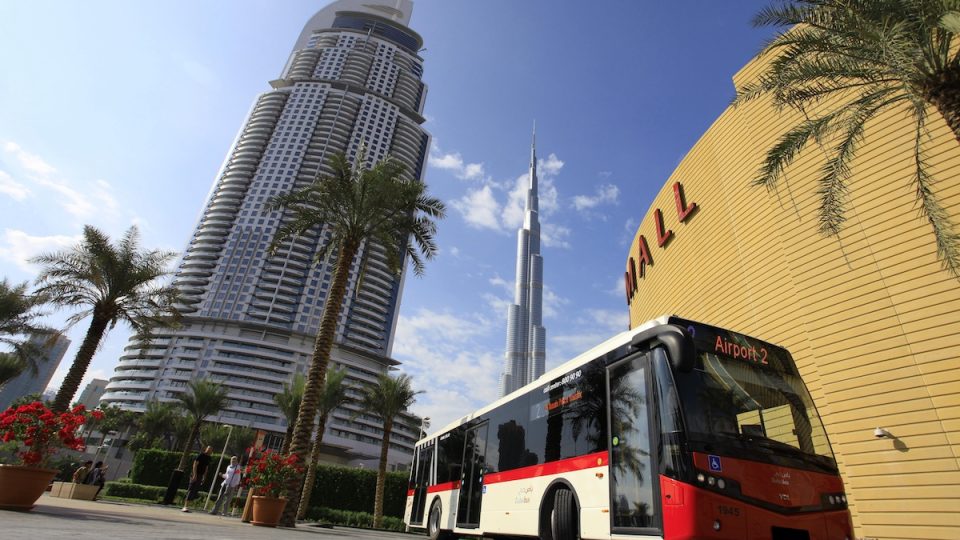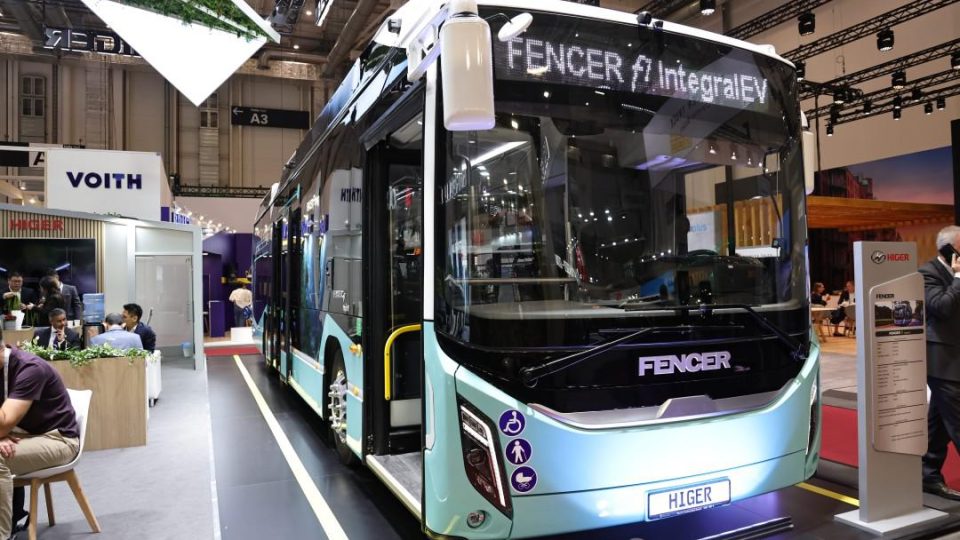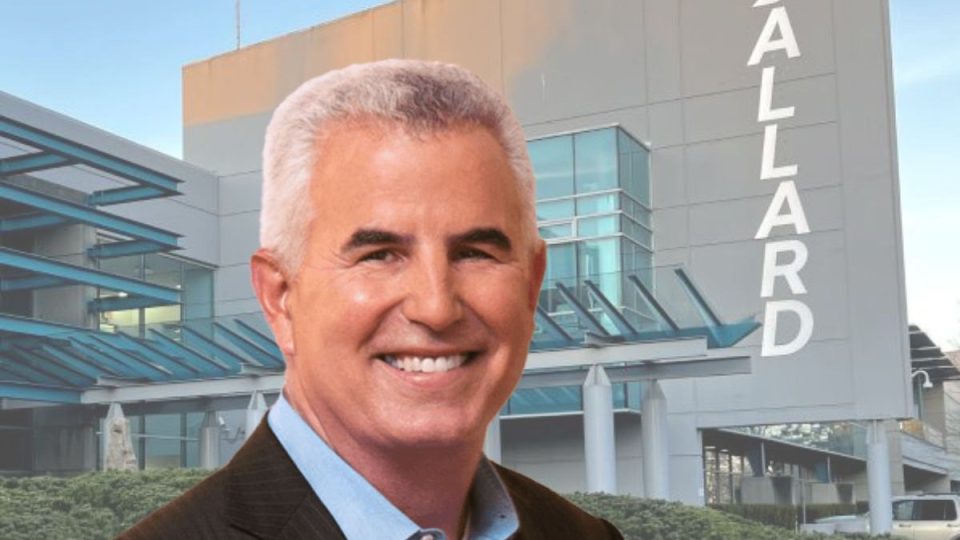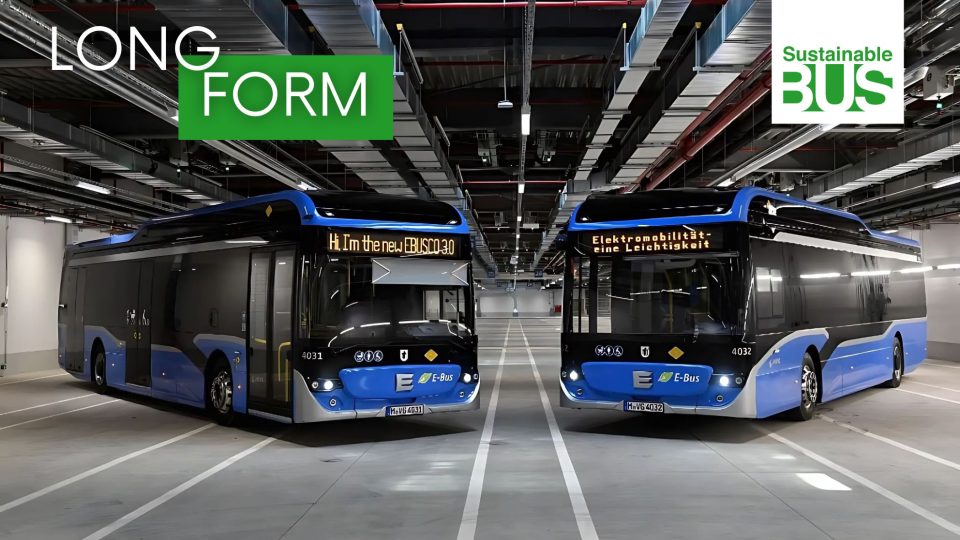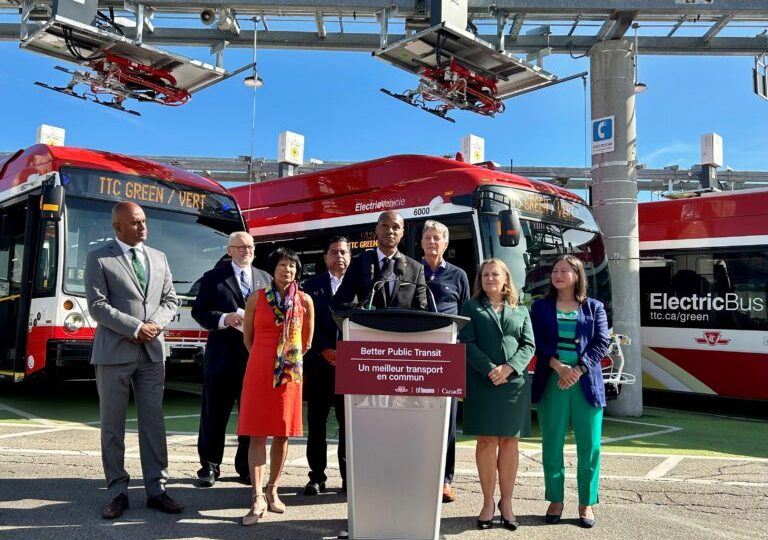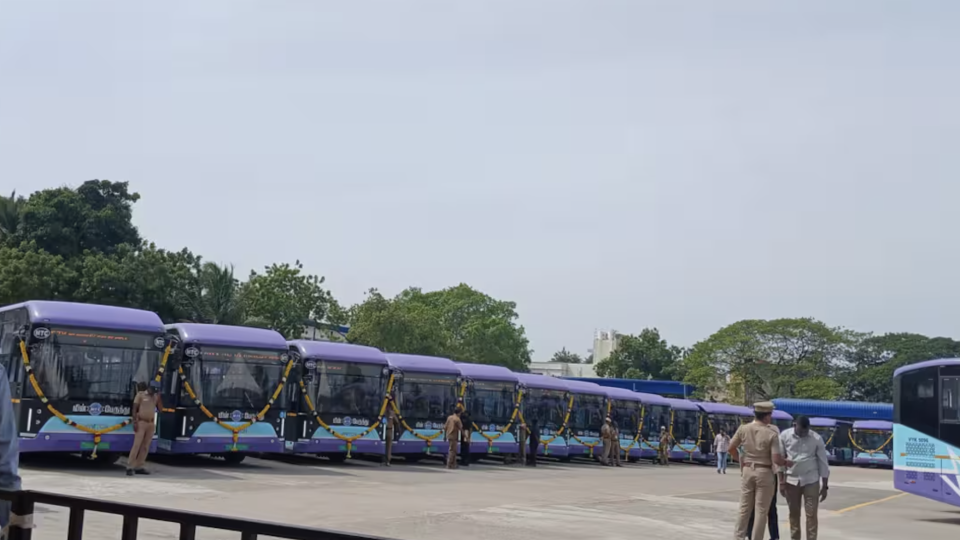Knowing how much energy goes towards moving the bus versus to its accessories can help operators to better plan daily operations and future investments. Therefore, the Dutch telematics company ViriCiti (leader in telematics for electric fleet in North America and Europe with some 3,000 electric vehicles and 1,200 chargers connected) says it has looked at the following key ratios: energy used in service versus idling, energy consumed driving versus regenerated, energy used by e-bus accessories versus traction motor and overall efficiency.

Accessories consume some 28% of electric bus energy
ViriCiti found that «there are significant differences in how different fleets use energy while in service. However, most fleets analyzed in this report had a similar ratio of energy used in service vs. not in service, as well as energy consumed driving and regenerated. On average, the data shows that 76.5% of the energy is consumed driving and 23.5% is regenerated. The most striking difference can be seen in how 2 different OEMs distribute energy towards accessories versus traction motors. The e-buses from one manufacturer (whose name is not specified) tend to distribute almost 10% more energy to the traction motor than the other. In practice, this could mean thousands of extra miles on the road. This is also visible in the efficiency differences, where the accessories of OEM A consumes around 50% more than the accessories of OEM B».
Taking another key information from the report, «The average percentage for energy used by traction motor for the OEMs is 71.7%, while the average percentage for energy used by accessories is 28.3%».
Also, when it comes to calculate the electric bus range, ViriCiti reports highlights that the «average traction motor efficiency is 0.82 kWh/km and the average accessory efficiency is 0.33 kWh/km)».


